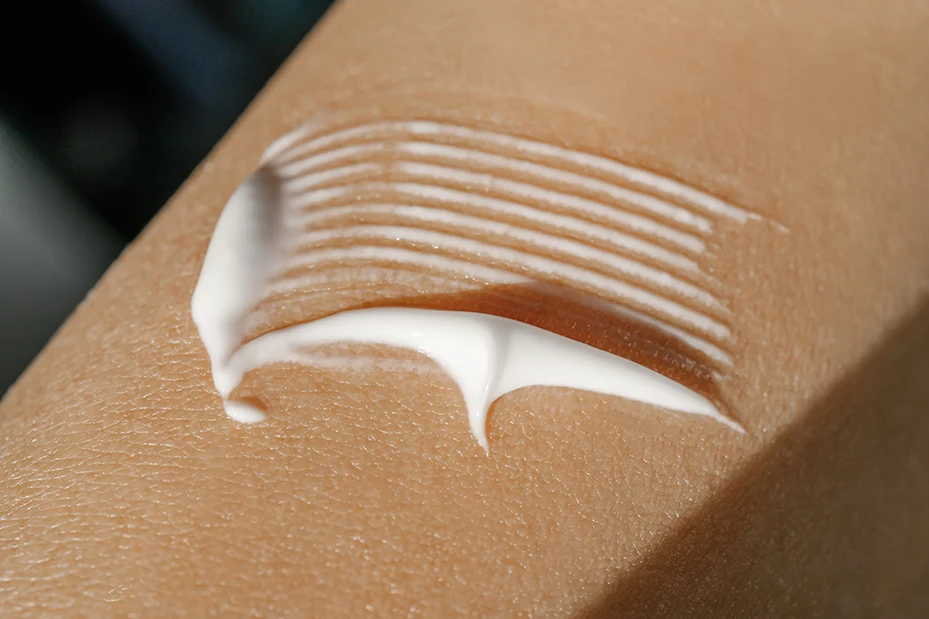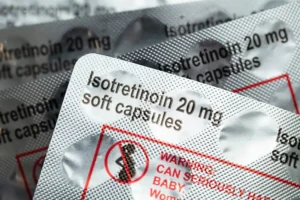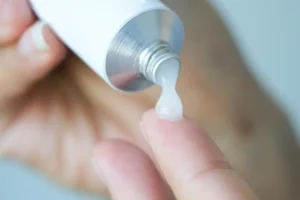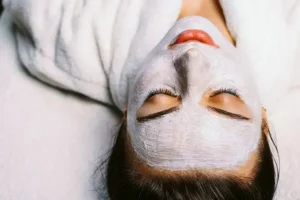The skincare aisle is a maze. Bright packaging, bold claims, and a constant wave of “clean,” “natural,” or “dermatologist-approved” products make it hard to separate hype from reality. But just because something is sold in stores or promoted by influencers doesn’t mean it’s harmless for your skin.
Some ingredients, even in products labeled as safe or gentle, have been linked to irritation, hormone disruption, or even long-term damage. In this guide, we’re breaking down some of the most concerning skincare ingredients based on actual dermatology research, not fearmongering.
Parabens: Not as Harmless as They Seem
Parabens are preservatives used to prevent mold and bacteria growth. You’ll find them in everything from moisturizers to makeup. The concern? Their ability to weakly imitate estrogen has raised health concerns, especially with consistent use across multiple products. While the doses found in most products are low, the concern is cumulative exposure over time.
Common culprits: methylparaben, ethylparaben, propylparaben, butylparaben.
Where they’re found: Moisturizers, makeup, shampoos, conditioners, cleansers
What to use instead: Look for products labeled “paraben-free,” using natural preservatives like potassium sorbate or sodium benzoate
Formaldehyde & Its Hidden Sources
You probably wouldn’t willingly apply formaldehyde to your face, but you might be using products that release it slowly over time. Formaldehyde-releasing preservatives like DMDM hydantoin and quaternium-15 are still used in some lotions, shampoos, and nail hardeners. These ingredients are known allergens and potential carcinogens in high doses.
Common culprits: DMDM hydantoin, imidazolidinyl urea, quaternium-15, diazolidinyl urea
Where they’re found: Hair smoothing treatments, shampoos, conditioners, moisturizers, nail hardeners
What to use instead: Look for products preserved with sodium benzoate, potassium sorbate, or phenoxyethanol
Fragrance: The #1 Irritant in Skincare
Fragrance (both synthetic and natural) is one of the leading causes of allergic contact dermatitis. Companies aren’t required to disclose fragrance components, which can include dozens of potentially sensitizing chemicals. Even essential oils like lavender or citrus can be irritating, especially with sun exposure.
Common culprits: “Fragrance” or “parfum” on the label, essential oils like citrus, lavender, eucalyptus
Where they’re found: Cleansers, moisturizers, toners, face masks, foundations, shampoos
What to use instead: Choose fragrance-free products or those labeled “for sensitive skin,” and avoid products with essential oils if your skin is reactive
Oxybenzone and Chemical UV Filters
Oxybenzone, a chemical UV filter found in many older sunscreens, has raised concerns due to its ability to absorb into the bloodstream and linger in the body. While the full impact on human health is still being studied, scientists have questioned whether it’s worth using, especially when more effective and safer alternatives exist. In addition to potential hormonal effects, oxybenzone has been linked to environmental damage, particularly coral reef bleaching and water contamination.
Common culprits: Oxybenzone (benzophenone-3), octinoxate, homosalate, octocrylene
Where they’re found: Facial and body sunscreens, SPF-infused moisturizers and makeup
What to use instead: Opt for mineral (physical) sunscreens with zinc oxide or titanium dioxide, especially if you have sensitive or acne-prone skin
Essential Oils: Not Always So Gentle
While they sound natural and harmless, many essential oils are highly concentrated and can be irritating, especially in leave-on products. Tea tree, eucalyptus, peppermint, and citrus oils are commonly associated with sensitization and allergic reactions.
Where they’re found: Natural skincare lines, acne spot treatments, face oils, toners, aromatherapy mists
Advice: Spot-test any essential-oil based product. Never use undiluted oils directly on your face.
Alcohol Denat: Too Harsh for Daily Use
You’ll often find denatured alcohol (alcohol denat) in toners and gel formulas because it helps products dry quickly and feel weightless on the skin. But frequent use can damage the skin barrier, cause dryness, and lead to increased sensitivity. It may also promote oil overproduction as the skin tries to compensate.
Common culprits: Alcohol denat, SD alcohol, isopropyl alcohol
Don’t confuse: Alcohol denat is different from fatty alcohols like cetyl or stearyl alcohol, which are generally safe and moisturizing.
Where it’s found: Toners, gels, foundations, setting sprays
What to use instead: Look for hydrating alcohol-free alternatives with humectants like glycerin or hyaluronic acid
Hydroquinone: Use With Caution
Commonly used to fade stubborn dark spots, hydroquinone works by disrupting melanin production in the skin. In some countries, it’s banned or restricted due to concerns about long-term safety. Prolonged use has been associated with ochronosis, a rare but serious skin discoloration.
Note: Only use hydroquinone under the supervision of a dermatologist, and always take breaks between cycles.
Where it’s found: Spot treatments, fading creams, skin lighteners
What to use instead: Try azelaic acid, kojic acid, niacinamide, or vitamin C for gentler brightening benefits
Synthetic Dyes: Just for Looks, But at What Cost?
Artificial colors (like Red 40 or Yellow 5) serve no skincare benefit but are still found in some creams and cleansers. These dyes can cause irritation and allergic reactions in sensitive individuals. Regulatory agencies in the EU have taken a stricter stance on some of these dyes, but they continue to be permitted in the U.S. market.
Common culprits: Red 40, Yellow 5, Blue 1, Green 3, FD&C and D&C labeled dyes
Look for: Dye-free or colorant-free options, especially if you have sensitive skin.
Makeup-Specific Concerns: Added Hazards in Everyday Glam
Talc (When Contaminated with Asbestos)
Found in setting powders and eyeshadows, talc may carry health risks when contaminated with asbestos. The FDA has investigated talc-containing products for asbestos exposure, which has been linked to cancer.
Common culprits: Talc, magnesium silicate
Bismuth Oxychloride
Found in mineral powders and highlighters, this shimmer-boosting ingredient can cause itching, cystic breakouts, or a tingling sensation in sensitive users.
Common culprits: Bismuth oxychloride
Silicones
While not toxic, silicone-based primers and foundations (like dimethicone) can trap oil and bacteria if not removed properly — especially problematic for acne-prone skin.
Common culprits: Dimethicone, cyclopentasiloxane, phenyl trimethicone, siloxane, methicone
Carbon Black
A pigment used to create intense black in eye makeup, has demonstrated possible cancer-causing effects in animal testing. Some countries regulate or ban it in cosmetics.
Choose iron oxides or charcoal-based alternatives.
Common culprits: Carbon black, D&C Black No. 2, acetylene black
Heavy Metal Contamination (Lead in Lipstick)
Trace amounts of heavy metals, including lead, have been detected in some lipsticks. Though typically low, repeated exposure through daily use raises safety concerns.
Stick to brands that conduct third-party testing for contaminants.
Common culprits: Unlisted; contamination typically occurs in red and dark pigments
Safe Doesn’t Mean Boring
Not every product with these ingredients is evil, and not every alternative is perfect. But the more informed you are, the easier it is to choose products that truly support your skin health.
Always patch test, read labels carefully, and prioritize products backed by transparent formulations and dermatology research. And remember, healthy skin isn’t about perfection — it’s about consistency, care, and smart choices.





